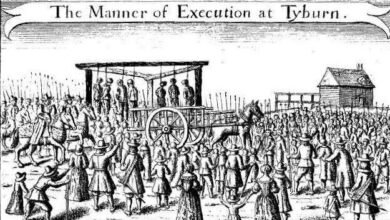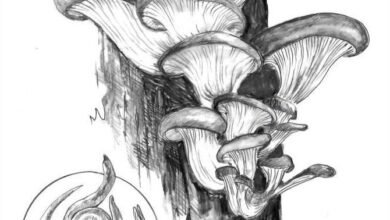Mowing Practices to Benefit Ground-Nesting Birds


 While grasses are getting greener and flowers are blooming, New Yorkers, high on many people’s priorities is pulling out their mower and beginning the summer-long cycle of mowing their fields or larger lawns. However, the timing of mowing can have significant impacts on a variety of bird species.
While grasses are getting greener and flowers are blooming, New Yorkers, high on many people’s priorities is pulling out their mower and beginning the summer-long cycle of mowing their fields or larger lawns. However, the timing of mowing can have significant impacts on a variety of bird species.
Small grassland songbirds nest on, or close to, the ground in grassy and shrubby fields. Mowing and bush-hogging during the spring and early summer can destroy nests and remove the habitat required to successfully raise their young.
In New York, the time where ground-nesting birds can be critically impacted by mowing runs from about April 20 to August 15. Here are some recommendations from DEC for protecting ground-nesting birds:
- Delay mowing fields greater than 25 acres until after August 15 to help these species nest successfully.
- Mow as soon as possible after August 15 can help reduce the spread of invasive plants before their seeds spread.
- Also note that mowing later than October 1 can interfere with overwintering birds in fields.
While these larger fields are particularly important for grassland songbirds, even smaller grassy and shrubby openings can contain songbird and wild turkey nests. Landowners should carefully consider when and where they focus their mowing efforts during the spring and summer.
Although saving mowing until late August means that the to-do list remains unchecked well into summer, these best management practices can have great benefits for some of our most vulnerable bird species.
Across the state, grassland birds have been declining for decades and the timing of mowing can make a huge difference. Save mowing for the end of the summer and enjoy the sight of turkey poults looking for bugs in your fields and hearing the songs of grassland birds floating on the morning air.
Have a small lawn not suited to grassland nesting birds? Check out these tips to help pollinators or backyard birds.
Photo of Bobolink, a grassland ground nesting bird, by Craig Lutz (provided by DEC).
Source link




